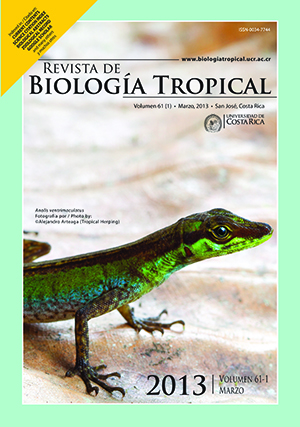Abstract
Sepia pharaonis is an important commercial species endemic to the tropical Indo-Pacific region. Despite its commercial significance, only few information on natural populations is available. This study was aimed to describe the aspects of size-composition, length-weight relationship, catch rates, seasonal recruitment and inter-cohort growth patterns of S. pharaonis population (Clade C), distributed along the Eastern Arabian Sea (South-West coast of India). For this, the Dorsal Mantle Length (DML) and weight of cuttlefishes was obtained from commercial trawl catches, from April 2002 to October 2006. Data was analyzed by normal length-weight methods such as von Bertalanffy. A total of 12 454 cuttlefishes, ranging in length from four to 41cm were analyzed. Size-composition patterns discriminated two pulses in recruitment to the fishery, discernible by a decrease in the monthly mean size of the population. The DMLs of the two seasonal cohorts were subjected to modalprogression analysis using the Bhattacharya’s method for the estimation of growth. The estimated parameters L∞ and K in von Bertalanffy Growth Function (VBGF) were used to model growth curves in length for the cohorts. The first cohort, (post-monsoon cohort) which supports the major fishery, was composed of mediumsized, fast growing individuals, whereas the second cohort (pre-monsoon cohort), comprised of slow growing and large-sized individuals. There were differential growth characteristics between the sexes and the life span was estimated at less than 2.3years for males and 2.1years for females. Negative allometric growth in weight (W) with length (L) was observed for males (W=0.33069.L2.5389) and females (W=0.32542.L2.6057). The females were heavier compared to males at any given mantle length, and the males were found to attain larger ultimate lengths. The major fishing season for cuttlefish was from May to November, when higher monthly catch rates of 1.67-13.02kg/h were observed in comparison with 0.03-0.85kg/h in December-April. Seasonal catch rates indicated a migratory life cycle of S. pharaonis between offshore and inshore coastal zones.##plugins.facebook.comentarios##
Downloads
Download data is not yet available.






